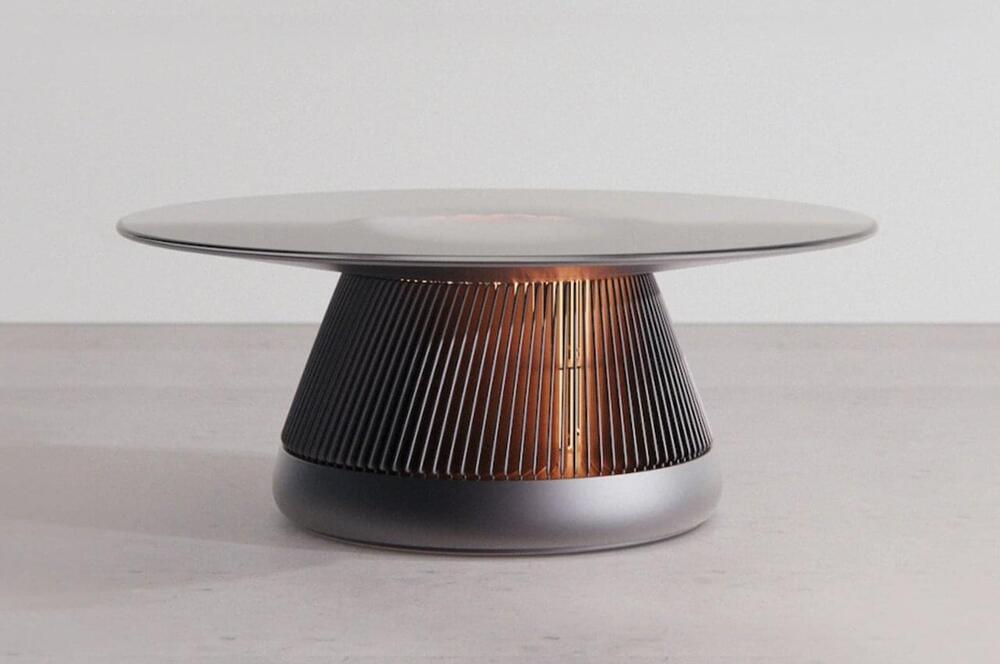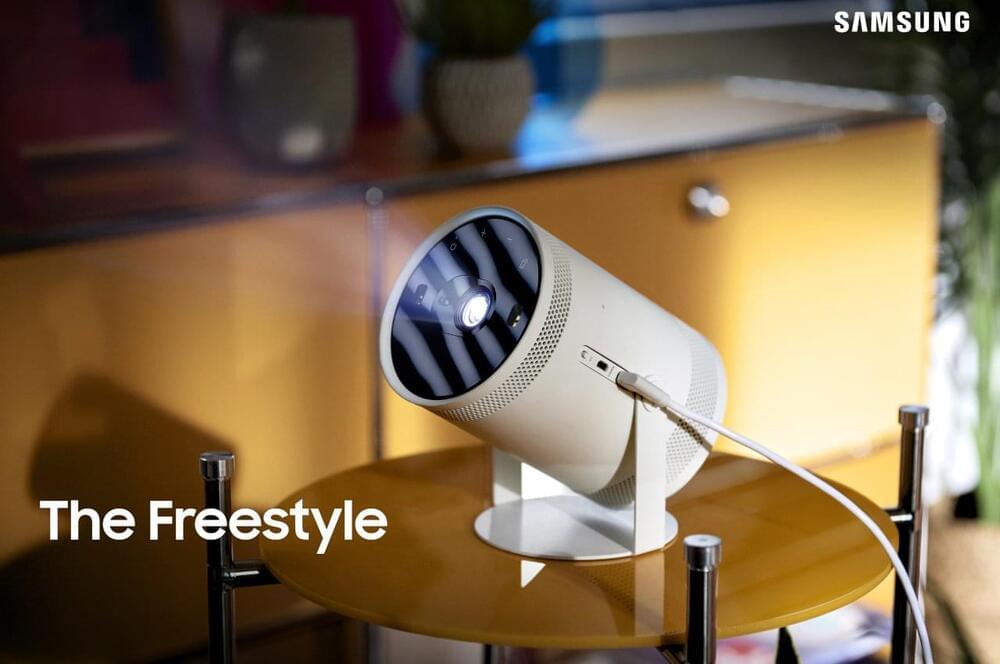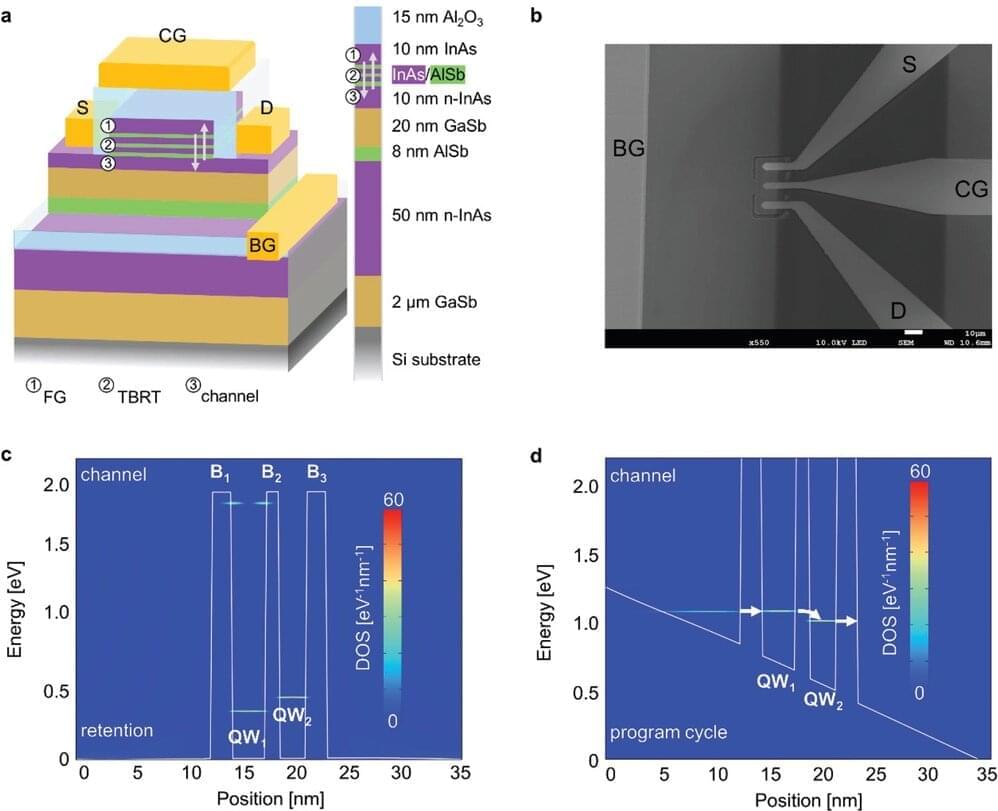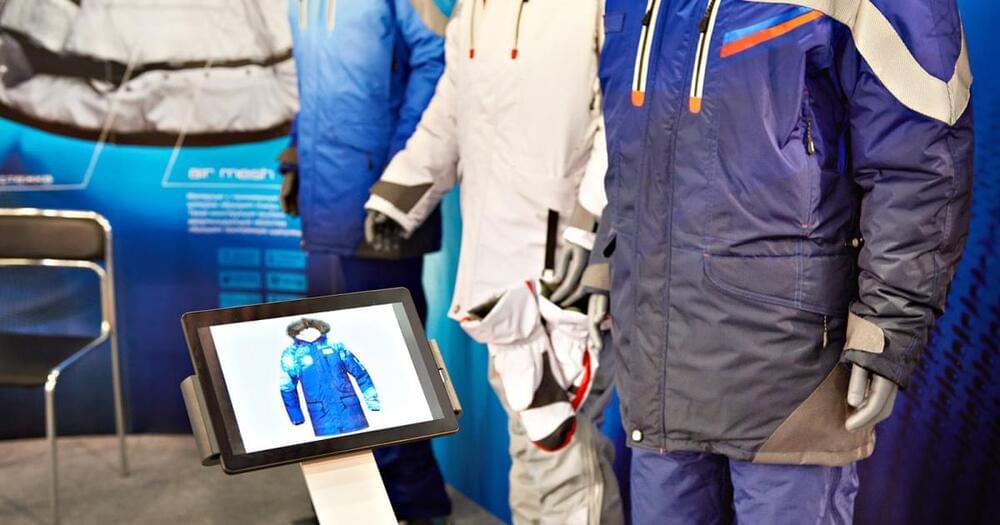Category: electronics – Page 53

House in The Girl Before informed by minimalist Japanese architecture
Production designer Jon Henson drew on minimalist Japanese architecture to create a house that acts “like a fourth character” for the set of BBC television series The Girl Before.
Written by British author JP Delaney, The Girl Before is a psychological thriller novel set in a fictional one-bedroom house called One Folgate Street in Hampstead, London.
For the TV series, which was created by BBC and HBO Max, the majority of the interior scenes were filmed last spring in a purpose-built set at Bottle Yard Studios in Bristol, while the house’s exterior was specially built.

FIN7 Uses Flash Drives to Spread Remote Access Trojan
The use of trojanized USB devices for keystroke injection is not a new technique, even for FIN7. Typically the attack targets specific persons with access to the computer systems of the intended victim company. As FIN7 has recently ventured into ransomware, it makes sense for them to look for alternative avenues of infecting computers that are monitored by layers of protective systems, such as firewalls, email scanners, proxy servers, and endpoint security. The tactics and techniques involved in trojanized USB attacks enable FIN7 actors to avoid many of these network-level and endpoint protections by dispensing with malware transmission over the network, minimizing the use of files on disk and employing multiple layers of encoding of the malware’s scripts and executable code.
Pertinently, FIN7 recently created “Bastion Secure”, a fake information security company, and employed system administrators to unknowingly assist in system exploitation. It is possible that trojanized USBs are being constructed and used by these administrators for penetration testing. Alternatively, they might also be providing trojanized USBs to clients or prospective clients through some form of ruse (for example, telling the client it contains documentation on the fake company’s services). In either case, the clients or prospective clients could become victims of a trojanized USB attack, resulting in FIN7 gaining unauthorized remote access to systems within victims’ networks.
Gemini Advisory Mission Statement

A coffee table that holds an electric fireplace is the ultimate winter essential
A fully electric hearth puts a modern spin on an ancient household fixture.
Fire and light have always been at the center of homes, be it a TV or a fireplace. The latter has, of course, become less practical these days, and its absence from many homes has also resulted in a shift in family interaction. “Hearth and home” is a phrase that still carries some meaning today, and a designer is bringing back that long-forgotten home centerpiece by making it not only more practical but also safe as well.


Novel memory technology based on compound semiconductors
A pioneering type of patented computer memory known as ULTRARAM has been demonstrated on silicon wafers in what is a major step towards its large-scale manufacture.
ULTRARAM is a novel type of memory with extraordinary properties. It combines the non-volatility of a data storage memory, like flash, with the speed, energy-efficiency and endurance of a working memory, like DRAM. To do this it utilizes the unique properties of compound semiconductors, commonly used in photonic devices such as LEDS, laser diodes and infrared detectors, but not in digital electronics, which is the preserve of silicon.
Initially patented in the US, further patents on the technology are currently being progressed in key technology markets around the world.

The future of clothing could save your life
That’s the future that designers of E-textiles, or smart textiles, want to build.
Fashion trial and error: Smart textiles embed flexible electronics into clothing to give them similar tracking and monitoring capabilities as smartwatches. Today’s market, however, doesn’t have the same kind of demand as it has for the devices we wear on our wrists.
An “Uncrashable Car”? Luminar and Volvo Say They Are Close
Lidar safety company Luminar and carmaker Volvo announced a vehicle that uses an integrated lidar sensor to avoid crashes.

Super Fast Solid State Storage Has Finally Arrived
The new SSDs have read/write speeds up to 14/12GBps.
For the first time in two years, XPG is on location in Las Vegas for the 2022 CES show, revealing ‘Dawn of a New Xtreme’. Under the new theme, the latest products from XPG and ADATA including gaming systems, peripherals, accessories, and components were unveiled. The highlight, however, is the PCIe (peripheral component interconnect express) 5.0 solid-state drives (SSD), the super-fast solid storage that is capable of read/write speeds up to 14/12GBps.
Twice as fast as the fastest PCIe 4.0 drives, Adata introduced two prototypes of its first PCIe 5.0 NVMe M.2 SSDs with capacities up to 8TB. The so-called Project Nighthawk SSD is designed using a Silicon Motion SM2508 controller capable of sequential read/write speeds up to 14/12GBps, while the Project Blackbird SSD features an InnoGrit IG5666 controller for 14/10GBps read/write speeds.

Blink introduces seven new charging products at CES including plug & charge and V2G technology
EV charging network, Blink, kicked off this year’s Consumer Electronics Show (CES) by sharing news of seven new charging products, the largest unveiling in its thirteen year history. Blink products include multiple versions of fleet and home chargers, as well as new public chargers and software for customers.
Blink Charging Co. ($BLNK) is an international EV charging network operating over 30,000 ports across thirteen different countries. In addition to charging hardware and services, the Blink Network uses proprietary, cloud-based software that operates and tracks charging stations connected to its network and the charging data they provide.
Blink charging’s strategy promotes mass EV adoption by supporting EV drivers with charging solutions everywhere, whether its at home, work, a public station, or even a fleet depot.